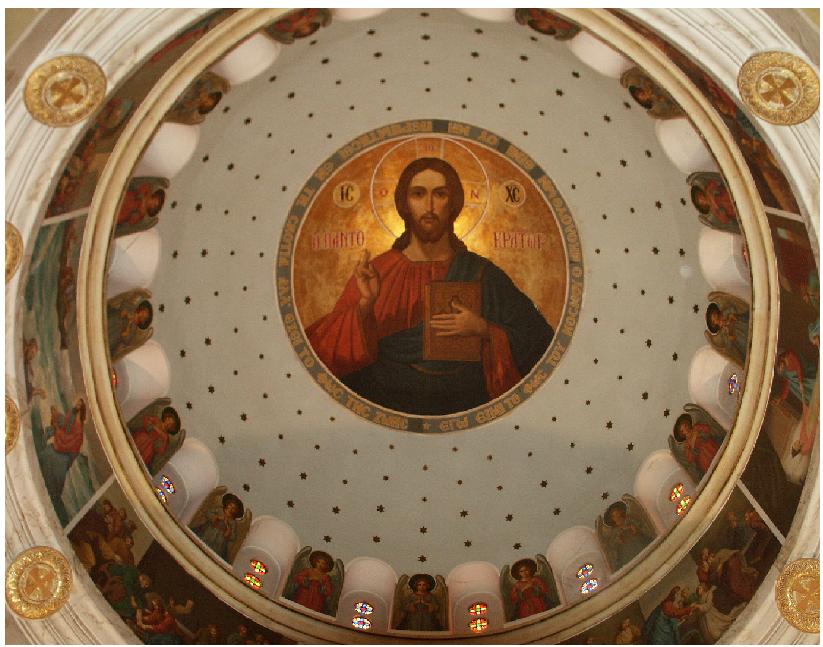
His Seal Makes a New Community
And it is God who establishes us with you in Christ, and has anointed us, and who has also put his seal (Greek: arrabÅn) on us and given us his Spirit in our hearts as a guarantee.
2 Cor. 1:21-22
Bishop Lesslie Newbigin is one of my favorite figures in church history (1909-1998). You may not have heard of him: bishop in the Church of South India, street preacher, theologian of the post-modern age, lover of the sacraments, Holy Spirit led and directed, and missions pioneer.
Gratefully, I had the opportunity of meeting Bishop Newbigin about year before his passing. I attended a special missions conference held in Newbigin’s honor at Beeson Divinity School. This conference would be his last formal speaking engagement before his passing. In our conversation, Newbigin was gracious, unusually anointed of the Holy Spirit, and a fine conversationalist. Officially, he spoke twice that day and continued to be a powerful preacher of the Word though blind and weak.
This quote is a little longer than I normally post, but these thoughts from his seminal work, The Gospel in a Pluralist Society, are quintessentially Newbigin.
This presence of a new reality, the presence in the shared life of the Church of the Spirit who is the arrabÅn of the kingdom, has become possible because of what Jesus has done, because of his incarnation, his ministry as the obedient child of his Father, his suffering and death, his resurrection, his ascension into heaven, and his session at the right hand of God. When the apostles are asked to explain the new reality, the new power to find joy in tribulation, healing in sickness, freedom in bondage, life in death, this is the explanation they give.
It follows that the visible embodiment of this new reality is not a movement that will take control of history and shape the future according to its own vision, not a new imperialism, not a victorious crusade. Its visible embodiment will be a community that lives by this story, a community whose existence is visibly defined in the regular rehearsing and reenactment of this story which has given it birth, the story of the self-emptying of God in the ministry, life, death, and resurrection of Jesus. Its visible centre as a continuing social entity is that weekly repeated event in which believers share bread and wine as Jesus commanded, as his pledge to them and their pledge to him that they are one with him in his passion and one with him in his victory.
Instead of the celebration of the sabbath as the end of God’s old creation, they celebrate the first day of the week, the Lord’s Day, as the beginning of the new creation. In this they find enacted and affirmed the meaning and goal of their lives as part of the life of the cosmos, their stories part of the universal story. This story does indeed lead to a glorious end and is therefore filled with meaning, but the end is not some far distant date in terrestrial history. The end is the day when Jesus shall come again, when his hidden rule will become manifest and all things will be seen as they truly are. That is why we repeat at each celebration of the Lord’s Supper the words which encapsulate the whole mystery of the faith: “Christ has died, Christ has risen: Christ shall come again.”
Lesslie J. Newbigin, The Gospel in a Pluralistic Society (Grand Rapids, MI: Eerdmans, 1989), 120 [paragraphing mine].
HT: Euangelion
